This article is brought to you by Datawrapper, a data visualization tool for creating charts, maps, and tables. Learn more.
Data Vis Dispatch, March 12
The best of last week’s big and small data visualizations
Welcome back to the 133rd edition of Data Vis Dispatch! Every week, we’ll be publishing a collection of the best small and large data visualizations we find, especially from news organizations — to celebrate data journalism, data visualization, simple charts, elaborate maps, and their creators.
Recurring topics this week include include International Women’s Day, a missing plane, and the Oscars.
Ten years ago this week, Malaysia Airlines Flight 370 disappeared over the Indian Ocean. Two visual investigations focused on the unsolved case:
Let’s take a look at the wars in Gaza and Sudan:

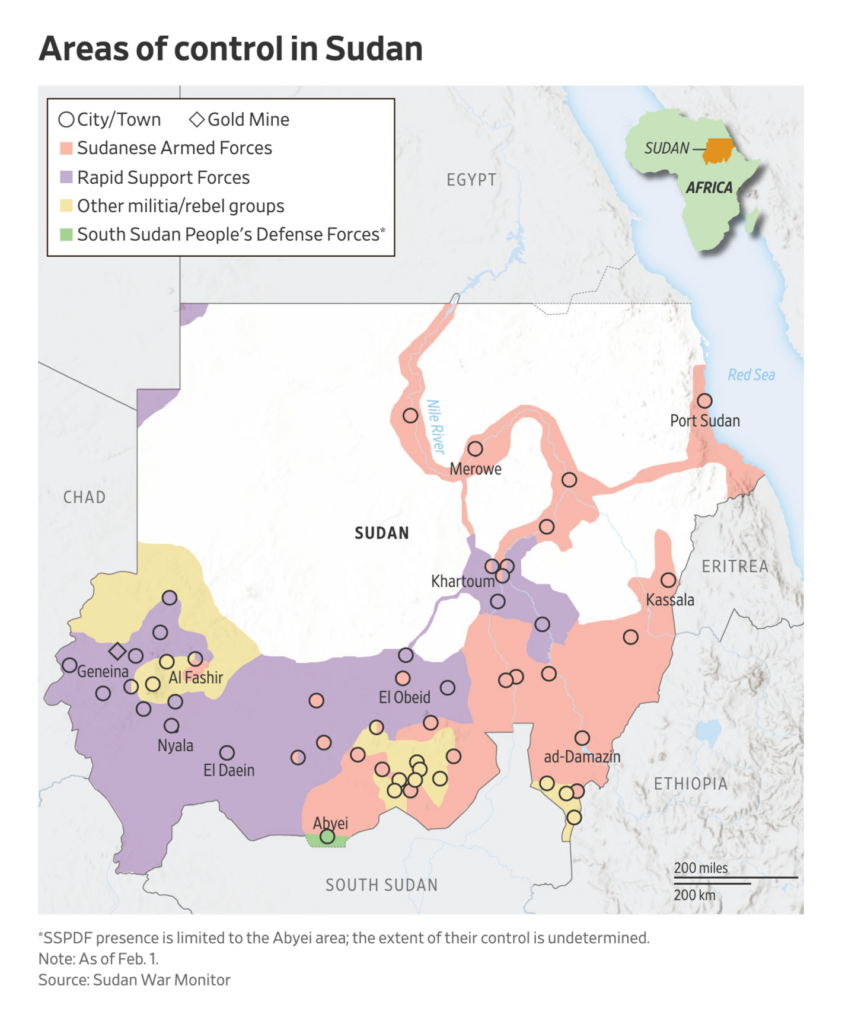
In the climate visualizations this week, we found extreme heat and the drought it causes:
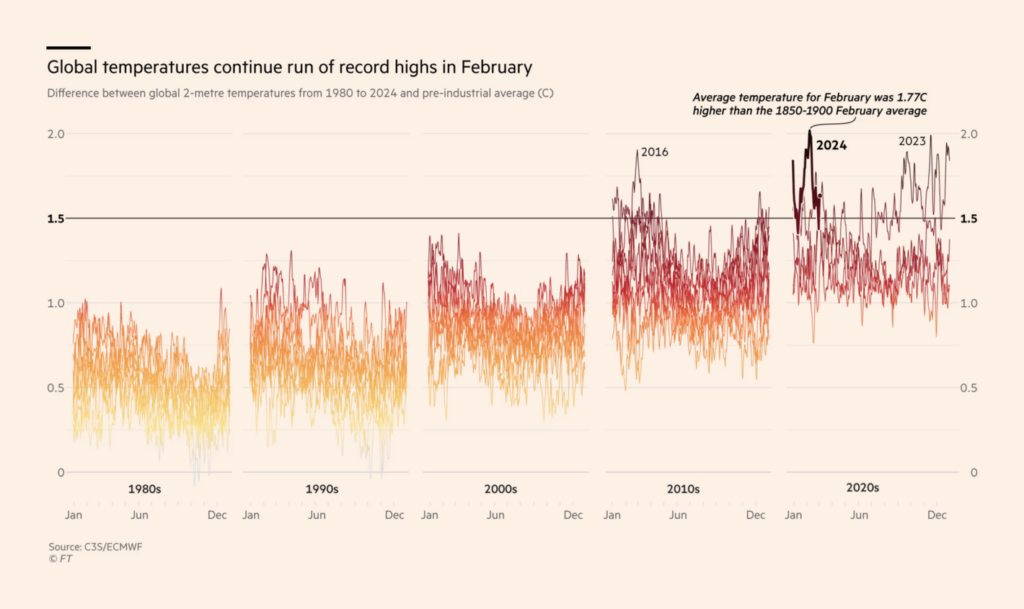
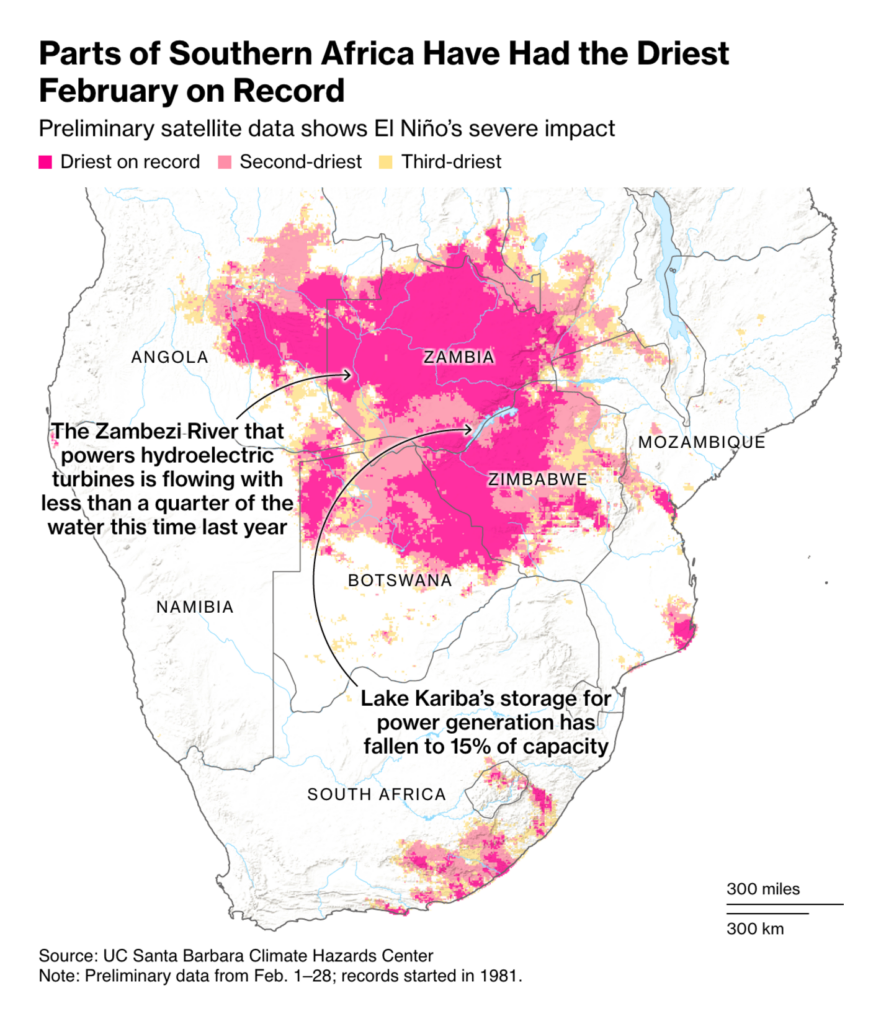
This exploratory dashboard on climate-resilient crops caught our attention:
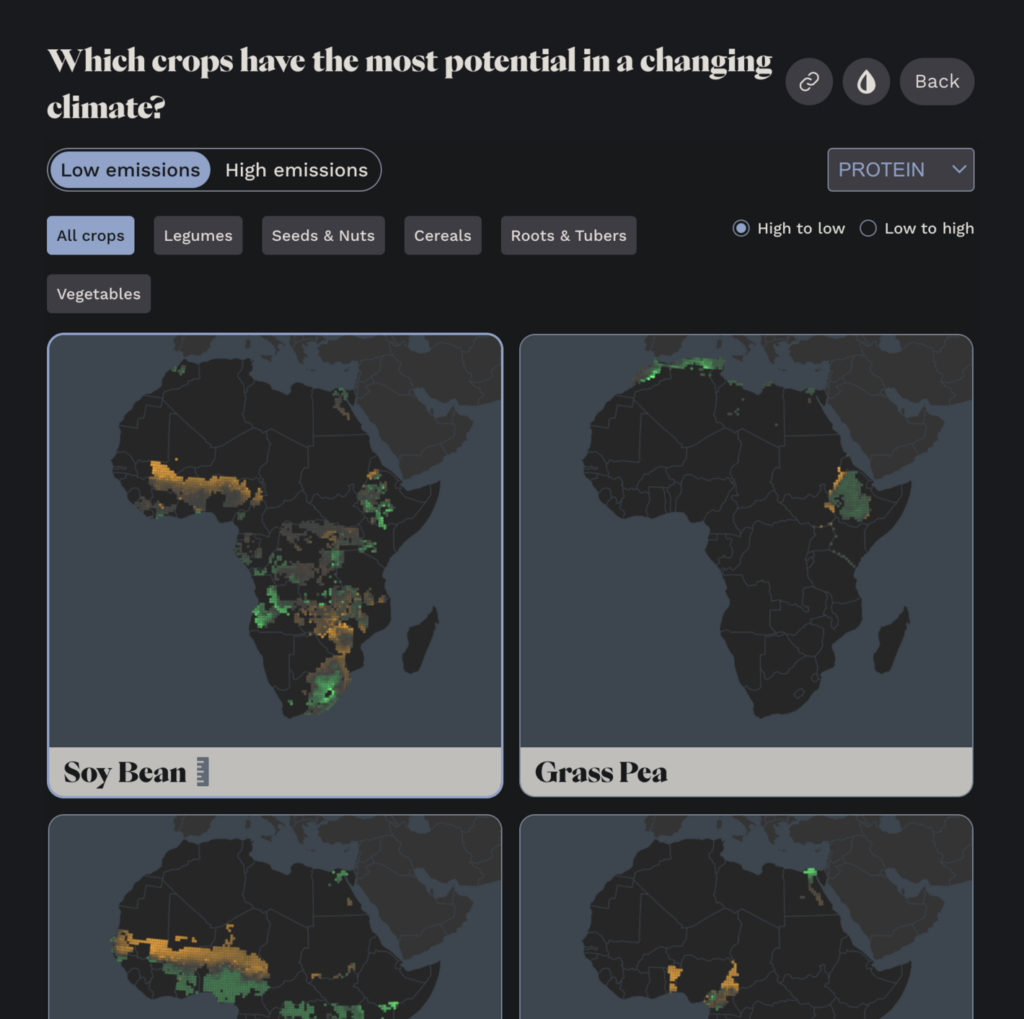
Nikki Haley dropped out of the Republican primary after Super Tuesday votes went clearly in Donald Trump’s favor. This means the U.S. is facing a second general election between Trump and Biden:

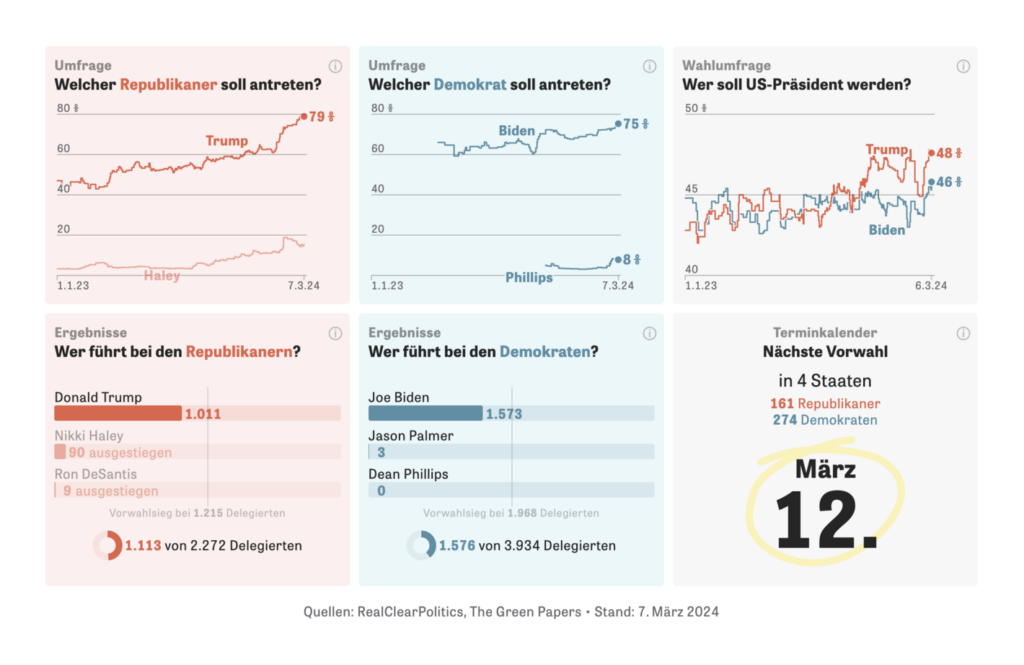
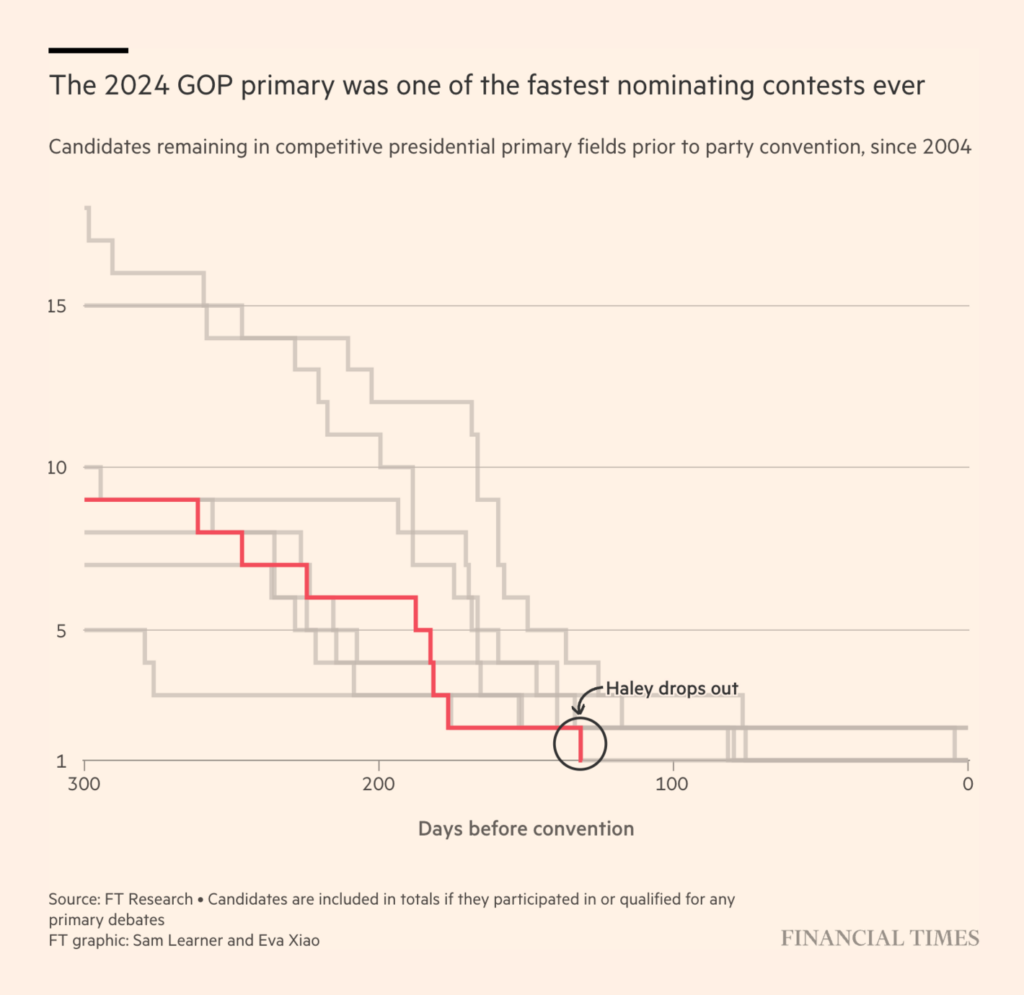
Speaking of the Trump and Biden campaigns, some visualizations have looked at the money in the parties, others acknowledged Biden’s accomplishments:
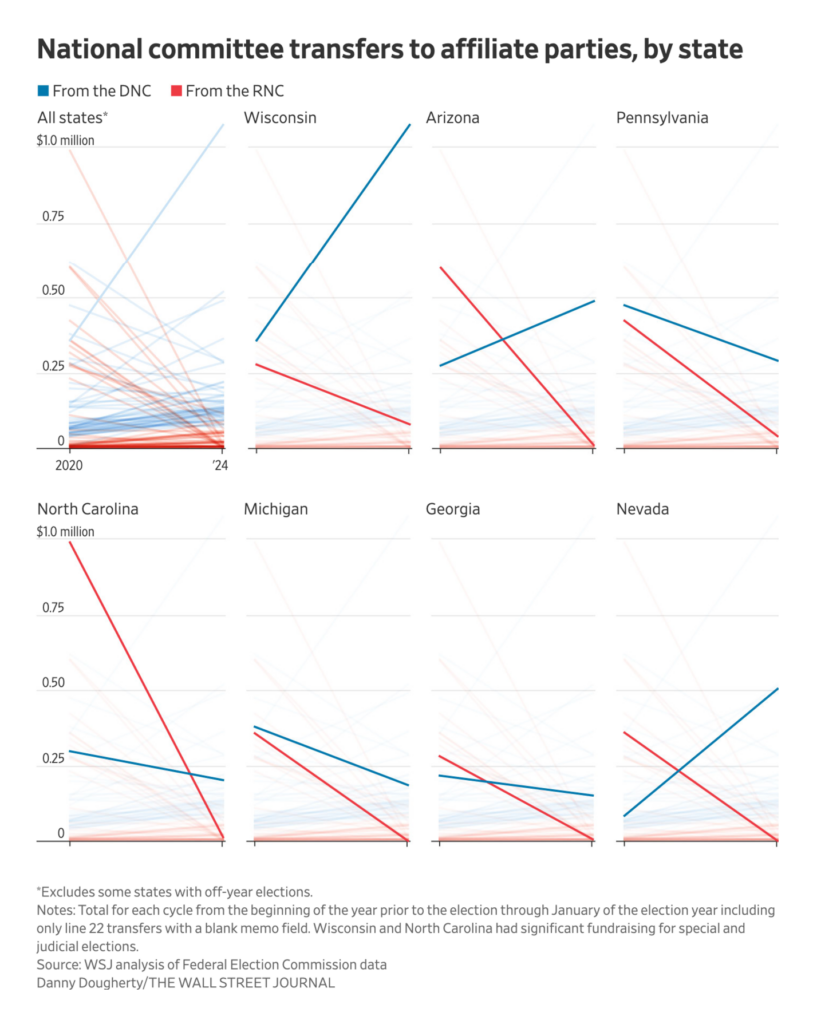
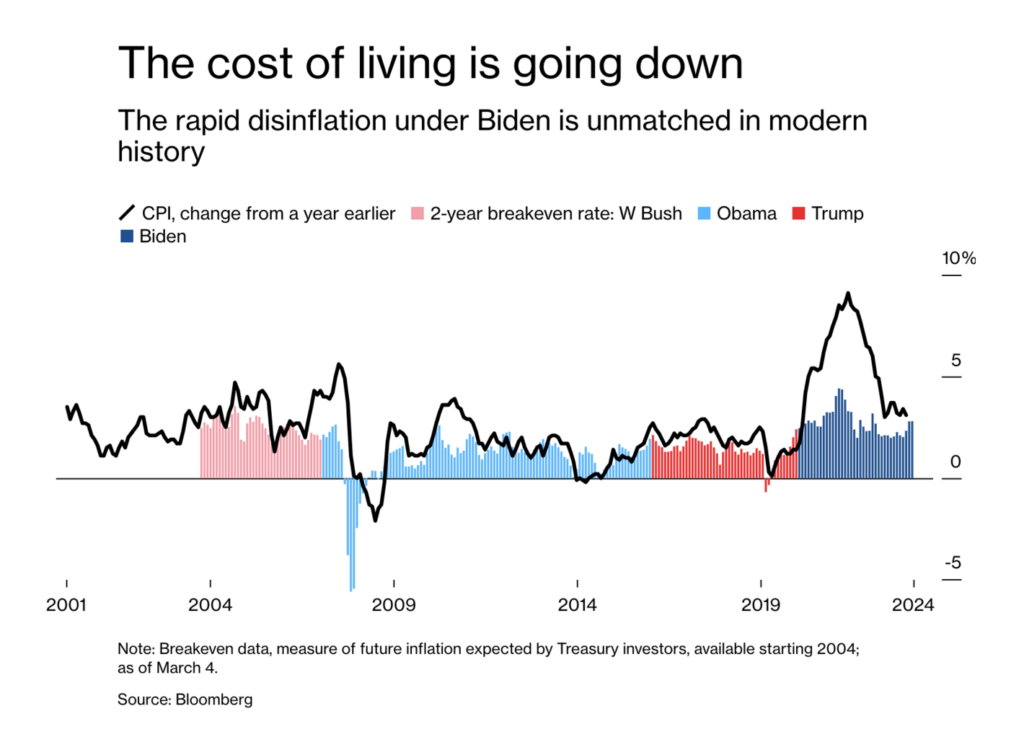
International Women’s Day on March 9 was the occasion for numerous visualizations on the role and influence of women in the worlds of work, politics, law, everywhere!
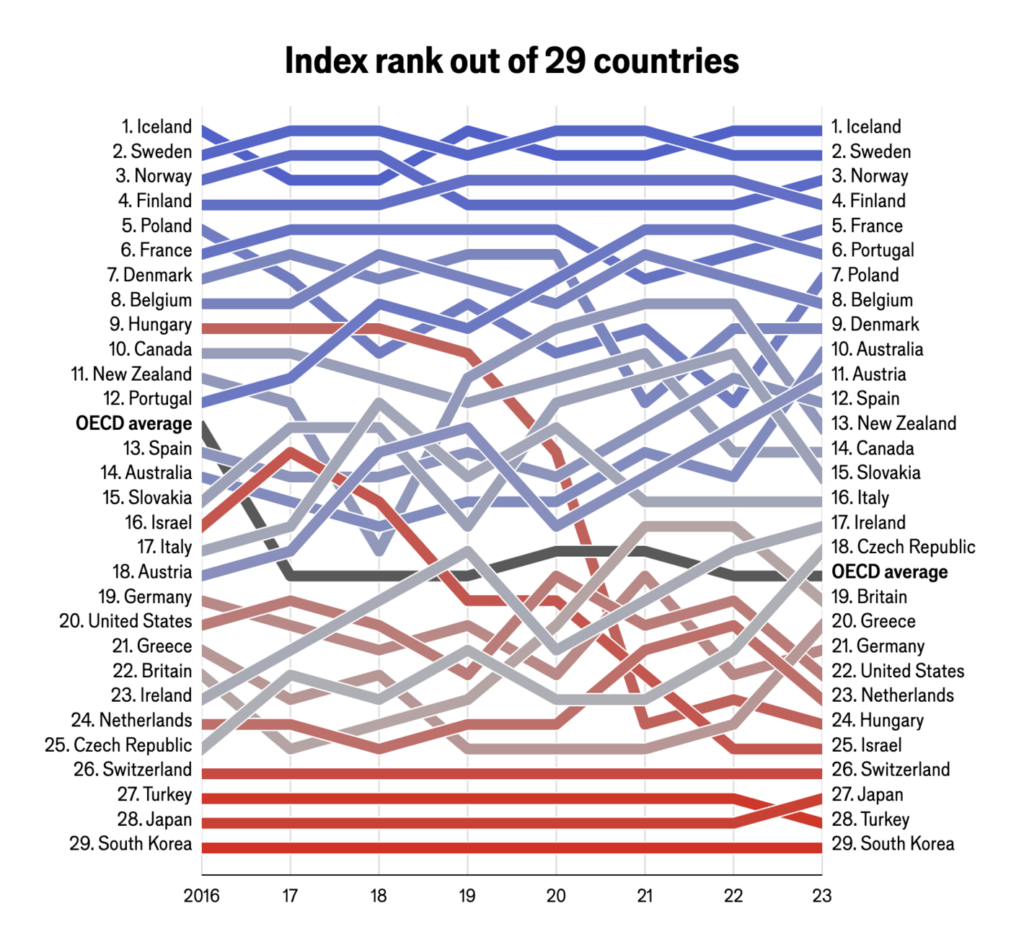
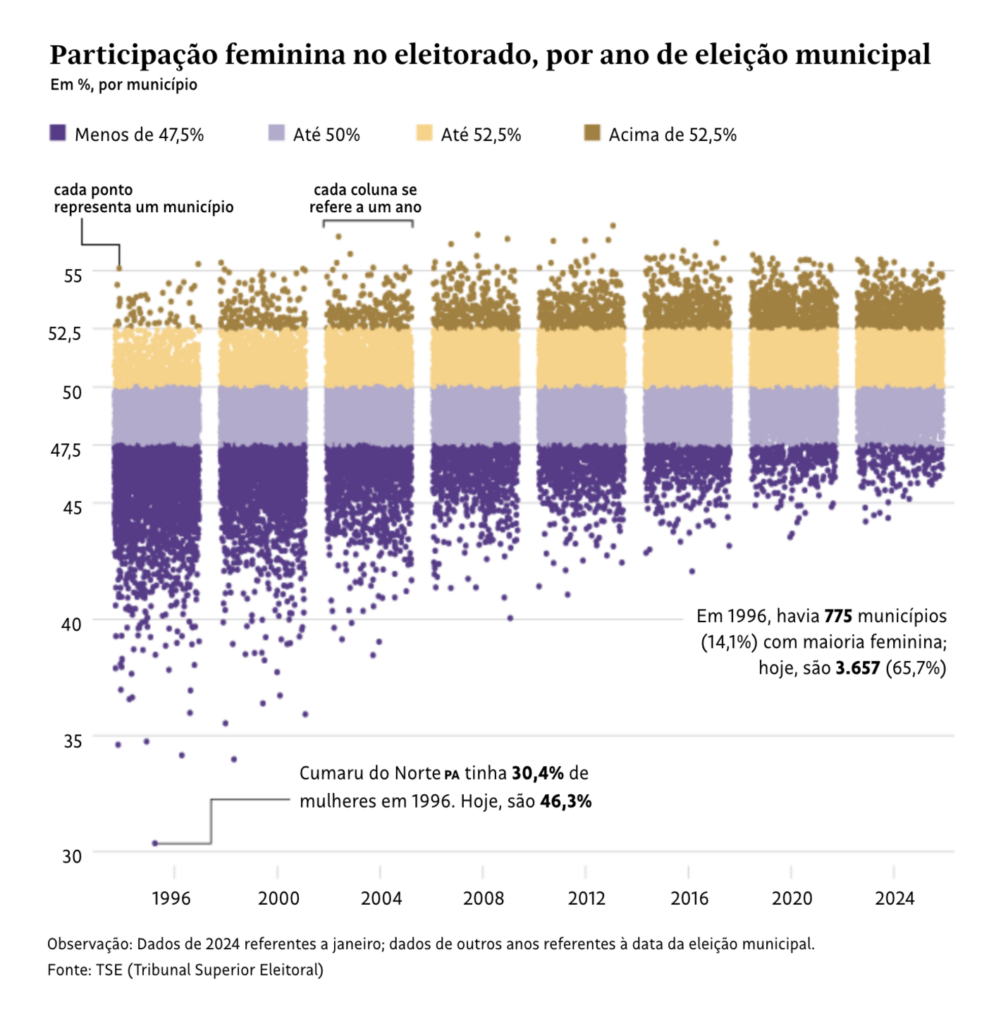




A week full of big days, and what’s still missing? That’s right, the Oscars. The 96th Academy Awards took place on March 10th, so we found several visualizations about movies:

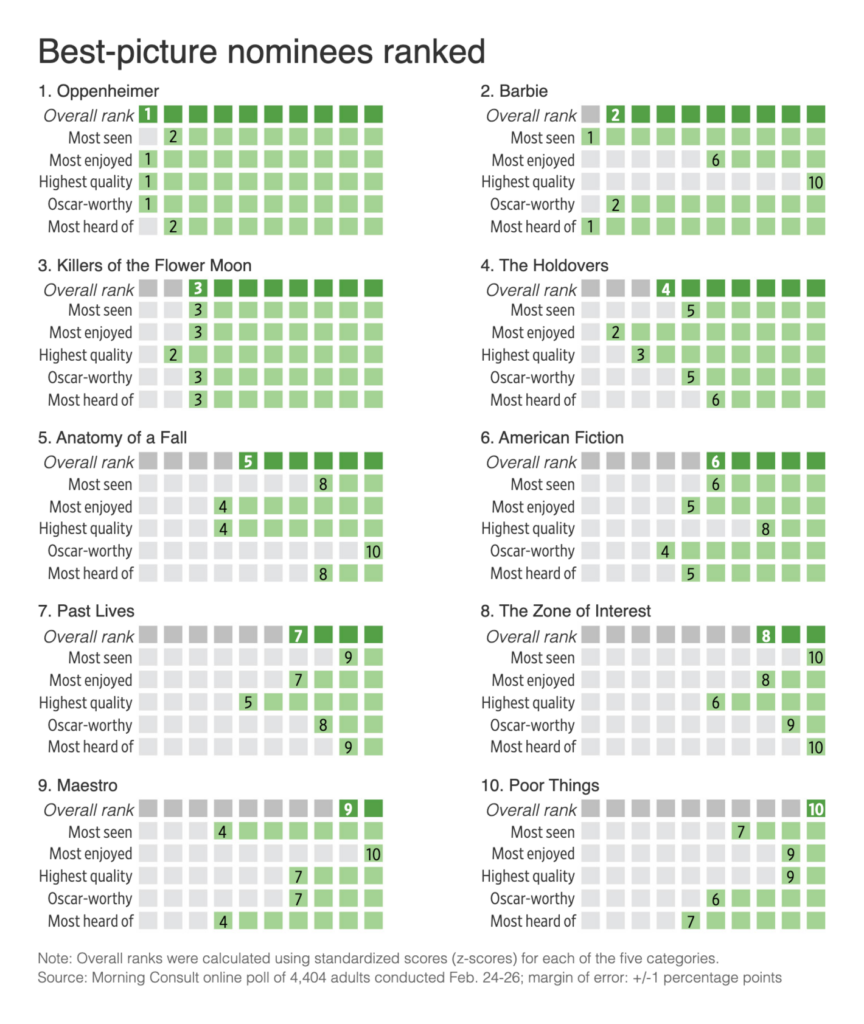
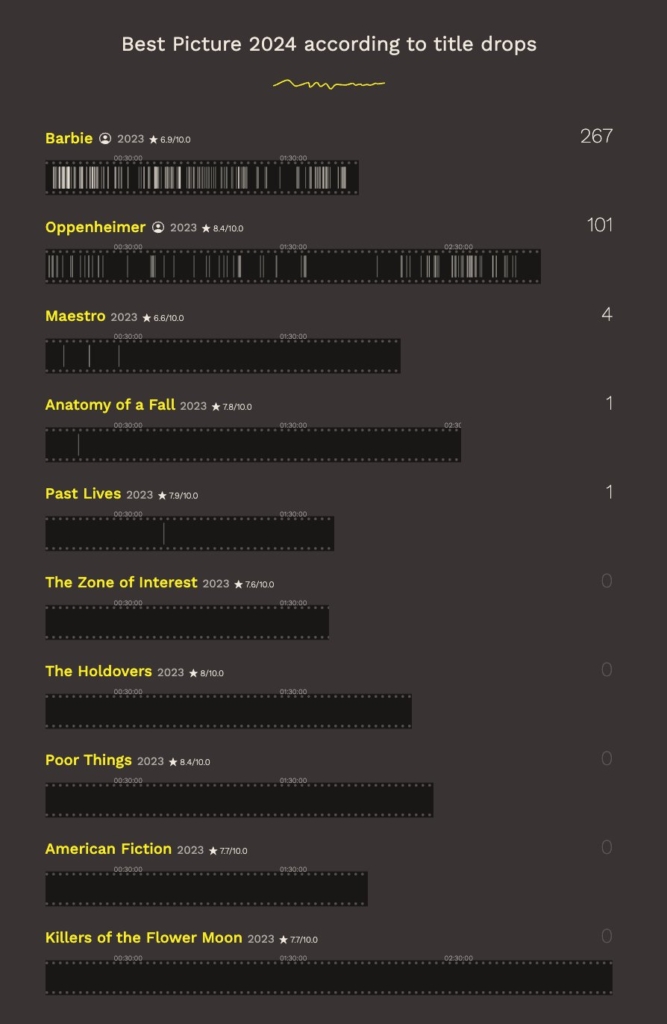
In addition to being packed with important days, this week was also full of stunning animated visualizations that talked about the greatest albums of all time, the greatest people in history, and the greatest way to check resumes — not:
We love a good combination of beige, red, and pink, and this week we found it for a range of themes. Like the Ukrainian tax system or cherry blossoms:
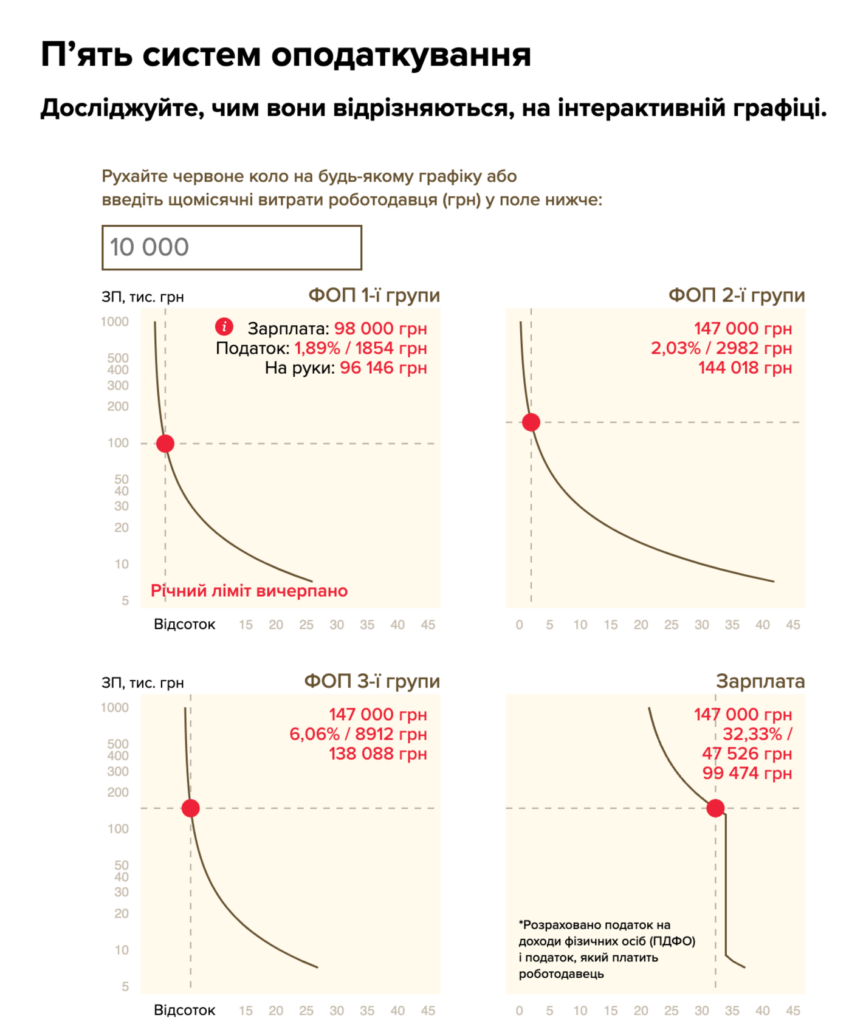

Let’s close this week with two column charts on remote workers and China’s population growth — or was it decline?
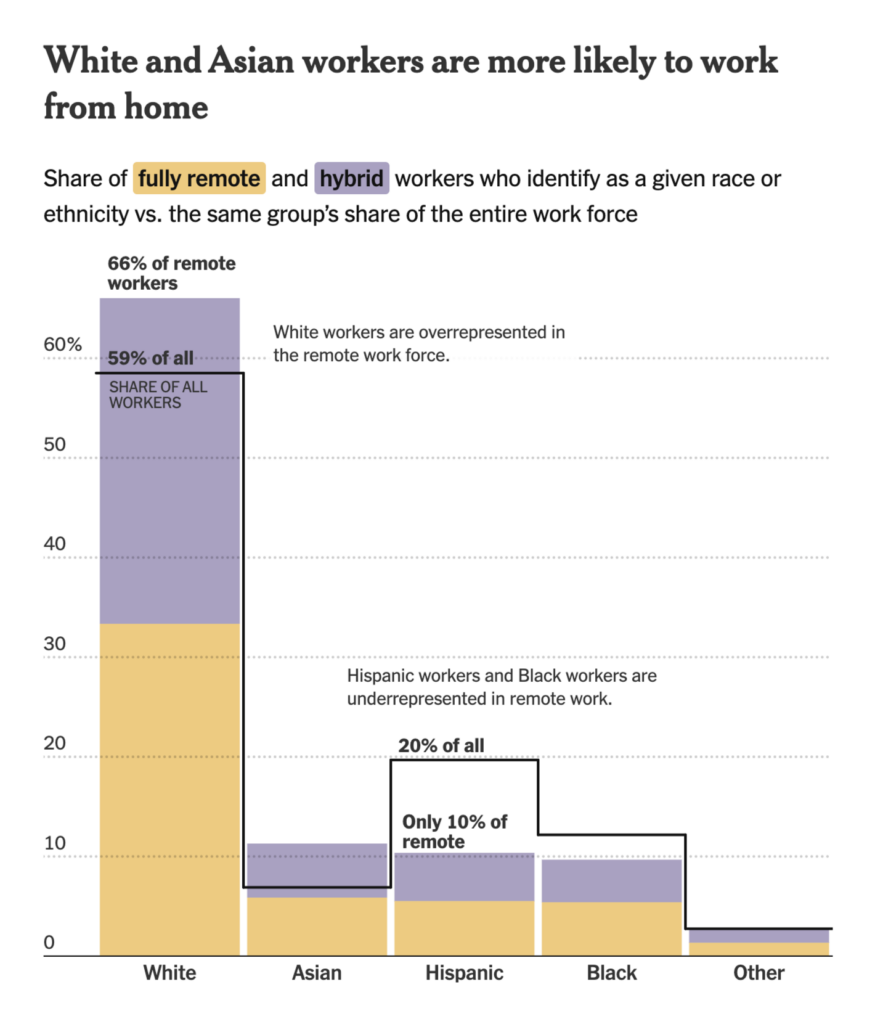
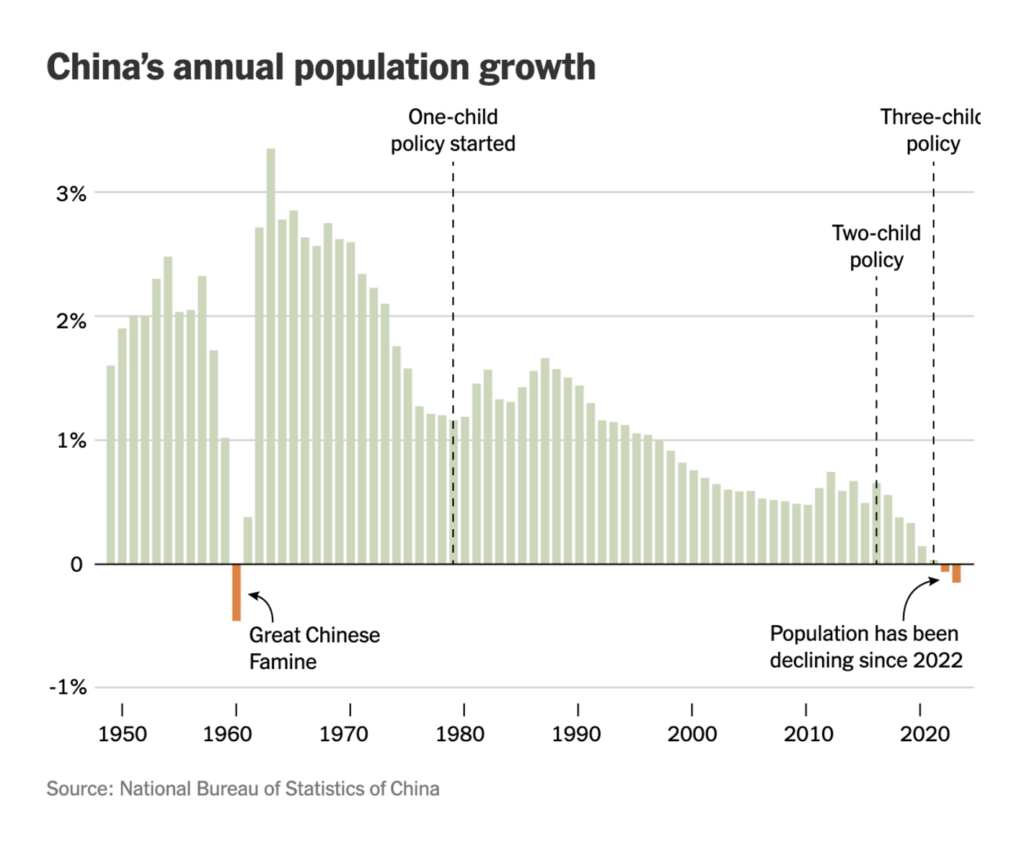
What else we found interesting

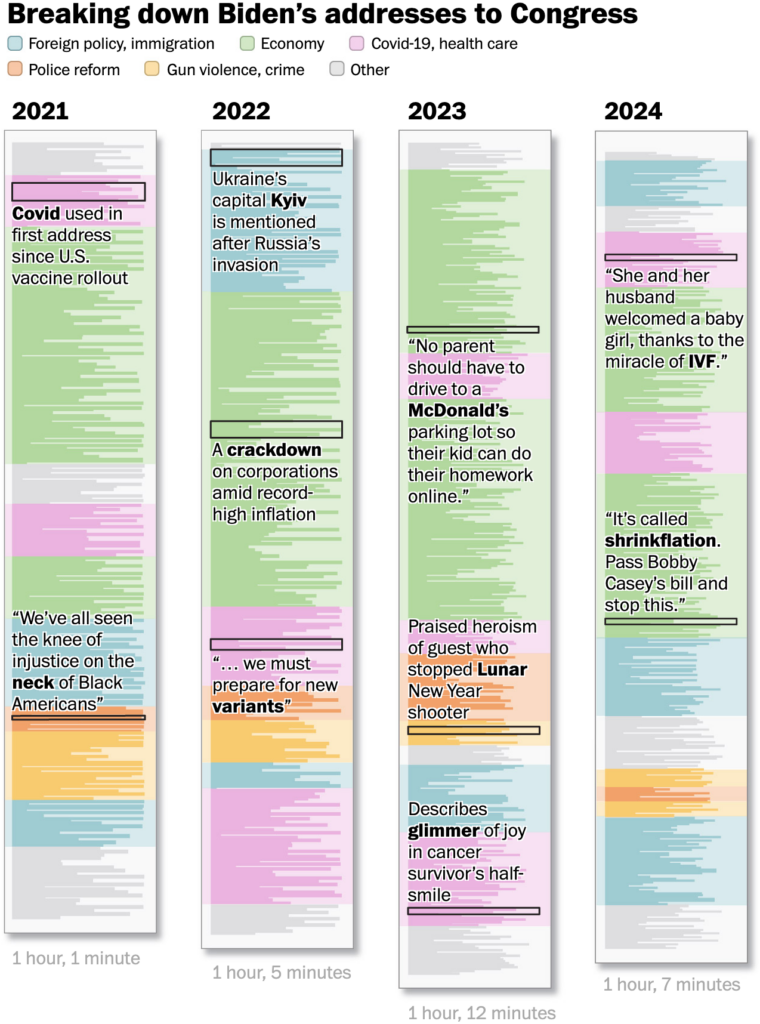
Applications are open for…
- A support engineer here at Datawrapper
- A front-end web developer intern at The Outlier
- An investigative data reporter at Bloomberg
Help us make this dispatch better! We’d love to hear which newsletters, blogs, or social media accounts we need to follow to learn about interesting projects, especially from less-covered parts of the world (Asia, South America, Africa). Write us at hello@datawrapper.de or leave a comment below.
Want the Dispatch in your inbox every Tuesday? Sign up for our Blog Update newsletter!




Comments